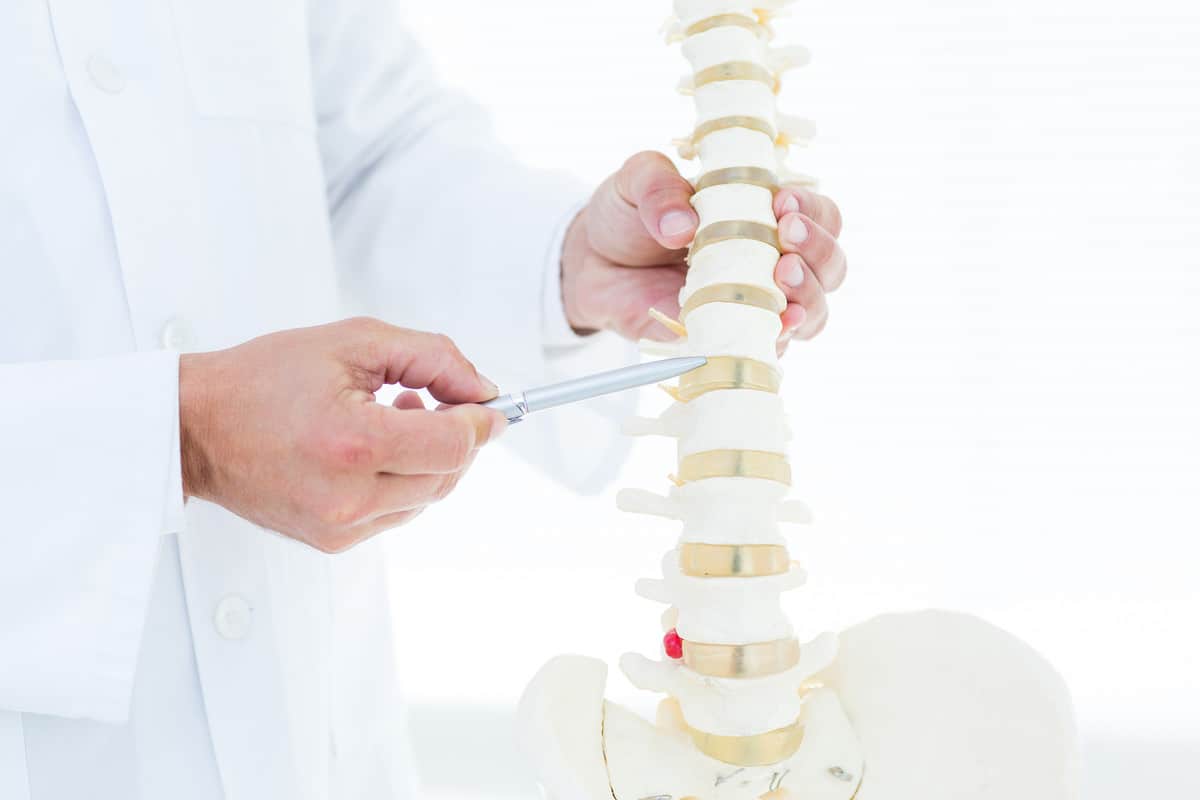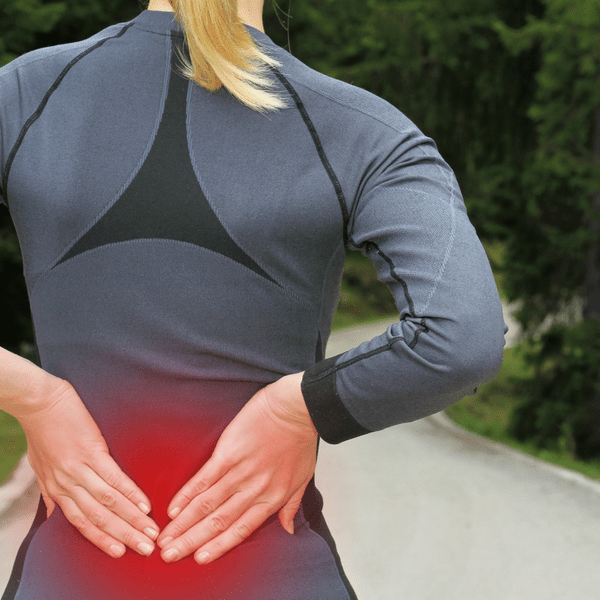Hearing the phrase, “You have a herniated disk,” from your physician or orthopedic surgeon can be scary and intimidating news. For many of the people I treat, this tiny piece of tissue they can neither see nor touch, becomes an intense focus in their lives. In turn, it creates a tremendous amount of anxiety and trepidation even though the consequences of the diagnosis itself are rather nebulous.
One of the first conversations I have with my patients after they have gotten the “bad news” is about what movements are safe for them. Generally speaking, if the bulged disk is the source of their pain (and this fact is dubious most of the time) then they are encouraged to stay away from bending forwards at the waist. This movement puts greater pressure on the front of the disk and presumably pushes the herniation out more. Bending backwards on the other hand, if done properly, can decrease symptoms and possibly push the herniated disk back into place. Mind you, this hypothesis has never been proven which is why it is a theory and not a fact.
After we discuss body mechanics, the next thing I do my best to explain to all my patients is that tissues heal – even bulging disks. They don’t heal over night, but they do heal. The body is constantly repairing old or injured tissues. It is truly amazing. This knowledge can be incredibly comforting to someone who thought their only option was surgery. While some do take solace in knowing that these tissues heal and their pain will decrease, others are a little bit more skeptical. For that bunch, I direct them to this link.
This research article shows the MRI of a 29-year-old female who presented to her physician with low back pain, right leg pain and paresthesia (pins and needles). She elected conservative treatment of physical therapy and an epidural injection instead of surgical intervention. 5 months later she was pain-free and had a follow up MRI which revealed a significant reduction of the space occupying lesion.
I believe this short but powerful case study provides significant insight into what appropriate, conservative treatment can do for someone with a diagnosis like a herniated or bulged disk. This article cannot definitely say that the resolution of the herniation is what ultimately alleviated this woman’s pain or even that physical therapy caused the reduction of the bulged disk. However, I think at minimum it can help put many worried minds at ease about whether they have to live with their pain forever or if their spines will be permanently damaged. If you liked what you read or have questions about the material discussed in this blog post, please feel free to reach out to us at 479-402-9400.




